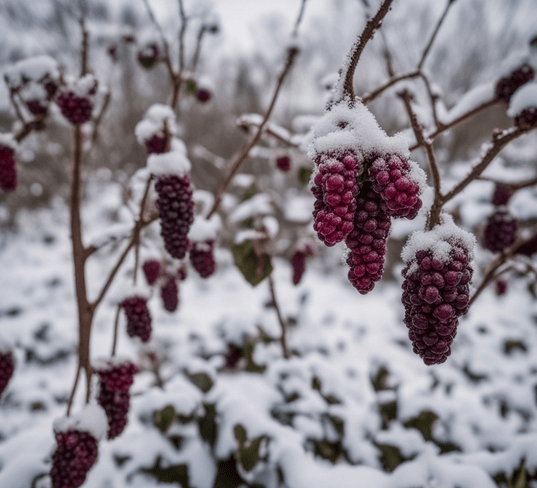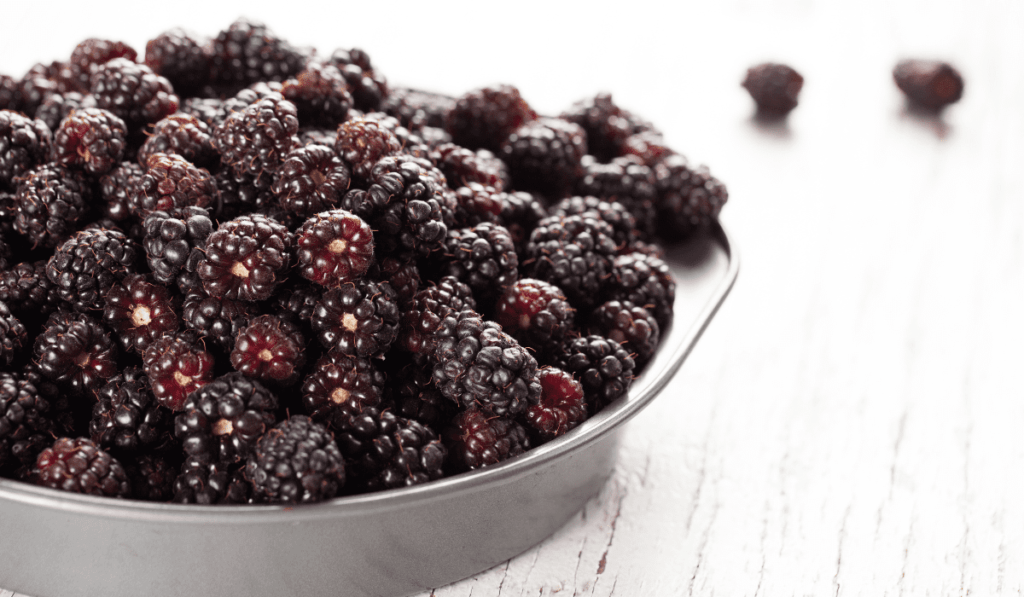Prepare your boysenberry plants for winter with a guide on “Winterizing Boysenberry Plants.” Discover the secrets of caring for boysenberries during the cold season. This guide simplifies the winterization process, ensuring your plants thrive even in chilly weather. Ready to safeguard your boysenberry bounty? Let’s explore the essential steps for winterizing boysenberry plants together!
Understanding Winter Conditions
Before we dive into winterizing your boysenberry plants, it’s crucial to understand the specific conditions your garden may face during the winter months. Freezing temperatures, frost, and snow can pose challenges to your plants. Boysenberries are generally hardy, but a little extra care can go a long way in ensuring their health.
Winter Mulch
One of the most effective ways to protect your boysenberry plants during winter is to apply a layer of winter mulch. This acts as insulation, keeping the soil temperature more stable and preventing sudden freezes and thaws that can damage the roots. Apply a thick layer of mulch around the base of the plants, taking care not to cover the canes.
Pruning and Trimming
Late winter or early spring is an ideal time to prune your boysenberry plants. Remove any dead or damaged canes to encourage new growth and improve air circulation. Pruning also helps prevent disease and insect infestations. Be sure to wear gloves and use sharp pruning shears for clean cuts.
Protection from Frost
If you expect frost during the winter, cover your boysenberry plants with frost blankets or old bed sheets. This can help prevent frost damage to the foliage. Be sure to remove the covers during the day to allow sunlight and air circulation.
Fertilizing and Hydration
While your boysenberry plants may be dormant during winter, they still benefit from some care. Fertilize them sparingly in late winter or early spring with a balanced fertilizer to provide essential nutrients. Additionally, ensure the soil remains consistently moist but not waterlogged. Winter drought can stress the plants.
Inspecting for Pests and Diseases
Winter is an excellent time to inspect your boysenberry plants for signs of pests or diseases. Look for evidence of insect damage, unusual growths, or discoloration. If you notice any issues, take appropriate measures to address them before spring.
Conclusion
Winterizing boysenberry plants is a crucial step in ensuring a successful berry harvest in the coming growing season. With the right care and attention to winter protection, your boysenberry plants will emerge from the cold months healthy and ready to flourish. Remember that a little effort now can yield delicious rewards in the summer.
With this comprehensive guide, you now have the knowledge and tips to effectively winterize your boysenberry plants and ensure their well-being during the winter months.



